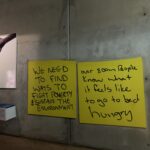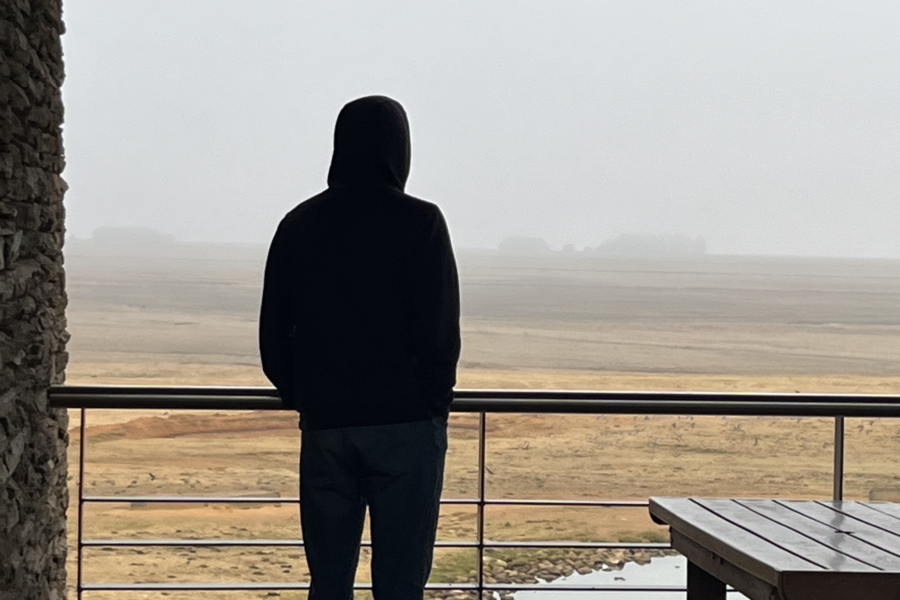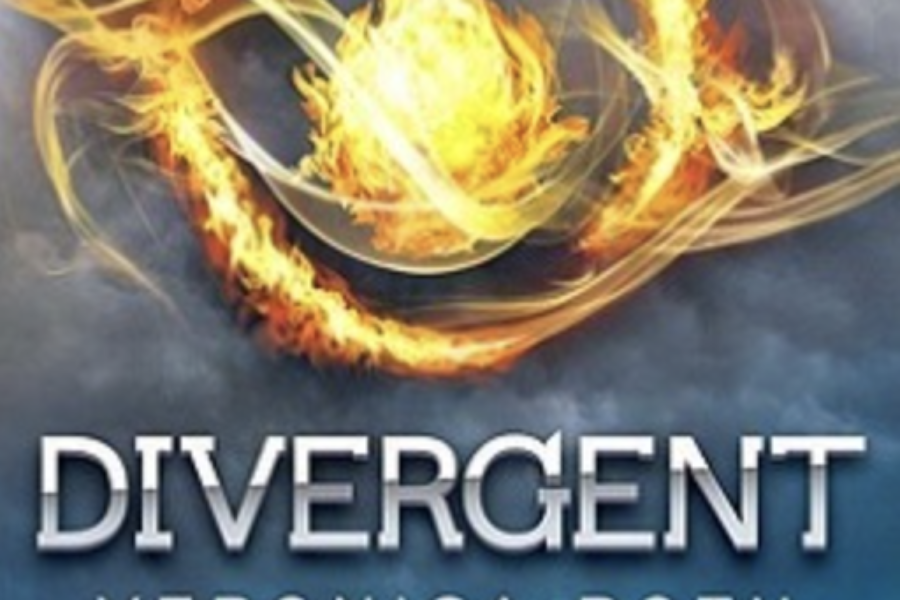Today we visited the official visitor centre for the Cradle of Humankind: Maropeng.
Our excursion kicked off with high anticipation and tension as Elon and Selihom boarded the bus with barely a minute to spare. According to Johnathan and Paul, as soon as the clock struck 9:00, we would leave any unpunctual peers behind. Luckily, everyone made it, and experienced this captivating site!
The Maropeng is truly one of my favorite exhibitions. Although I initially thought that the Maropeng held the famous fossil of Lucy (who actually resides thousands of miles away in Ethiopia), I loved the expressive and interactive nature of this museum. As proof of the exhibit’s interactivity, I recall a hand-eye coordination test that pushed Ben and I to the limit of our visual and motor skills (while those like Anika and Evie excelled with almost perfect scores).
Our tour guide, Martina explained that the Maropeng possesses ancestral fossils dating back from 7 million years ago! We learned about the homo naledi, who used their long arms and divergent toes in order to expertly climb trees. We observed their endocast brains, which retained an average brain capacity of 450 to 650. Nowadays, human brain capacity levels at around 1400. Martina also described the process of reconstructing these early humans’ skulls into more digestible portraits by simulating fat and skin onto the fossils.
Next, we walked through a tunnel, tracing the timeline of existence. From life’s development to mass extinction, we discovered and delved into our Earth’s awe-inspiring history. Groups of four then embarked on a lazy-riveresque ride, steering us through mock extreme weather conditions like the Ice Age.
As the museum continued, I noticed an emerging theme of using the past to inspire the future. For instance, in the beginning, Martina showed us that archaeologists found signs of cancer in ancient fossils. This proved that cancer has always and inherently existed within humankind. Thus, harmful lifestyle choices like poor diet only exacerbate our underlying condition. Another example I found interesting was the Gaia Principle. This theory states that Earth is a single, living organism with biological, geological, chemical, hydrological processes acting in unison to uphold the world’s health. With its myriad of images, videos, and prints portraying the formation and evolution of the planet, the museum intricately illustrates this hypothesis, and warns against a future, in which humans continue to ignore Mother Earth.








